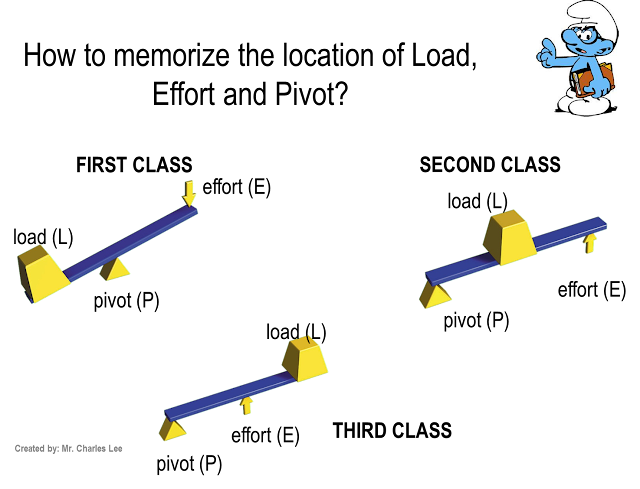Tuesday, 11th January 2022
2
They are little levers that are used for getting tyres off a wheel. A set of levers are one of the cheapest and most essential bits of cycling equipment. Everyone should carry them. Many tyres are almost impossible to get off without a set of levers. If you ever get a puncture you could be properly stuck if you don’t have some tyre levers handy.
There are lots of different designs of tyre levers but they all basically have the same function. A thin end used to slide between the tyre and the rim of your wheel to get the tyre off. If you have relatively loose-fitting tyres then this may be enough. On Tighter tyres you may need to use a second lever a bit further along the tyre. Levers normally come in sets of three but you should only need the third lever on the very tightest tyres. The other end of the lever will normally have a little hook on it. This is to hook onto a spoke to hold the lever in place while you put the second one in.
Traditionally levers would be made of steel or aluminium, These days most people use plastic levers. These are not only lighter and easier to carry. They are less likely to damage the rims on your wheels or the bead on your tyre.
Tyre levers should normally only be used to get your tyre off, not to put it back on. If you do this it's really easy to get the inner tube trapped between the tyre and rim. If this happens you'll hear a deafening bang as your inner tube explodes when pumping the tyre back up. Not something you want to happen, especially if you are miles from home.
This video from Park Tools takes you through the whole process of fixing a puncture. Including the proper use of tyre levers.
https://youtu.be/eqR6nlZNeU8
http://Lezyne Sabre Tyre Lever, Pedal Wrench, Bottle Opener 2 PackPrev
Next
Getting a flat tire is an inevitable part of cycling, and there’s only so many times you can get away with walking your bike into a shop or having a buddy on a group ride fix it for you. An essential part of knowing how to fix a flat is also knowing how to use tire levers, so there’s no time like the present to learn.
An essential part of knowing how to fix a flat is also knowing how to use tire levers, so there’s no time like the present to learn.
If you don’t have tire levers, don’t try using other available tools (like a flathead screwdriver) as substitutes. They could easily damage the tube, tire, or worse, the rim. Tire levers are designed specifically for removing and installing tires without damaging anything in the process, so stick with those to be safe.
Below, we explain how to use a tire lever, along with tips for dealing with tricky tires.
Join Bicycling All Access for more tips and tricks
Many tire levers are made out of hard plastic and sold in sets of two or three. You can also find levers made out of steel or with a steel core for tires that are harder to remove. All tire levers feature a curved end for slipping under the lip of the tire; depending on the brand, it could be fully rounded or squared. Many tire levers, though not all, come with a small hook on the other end so you can secure it to a spoke for leverage.
Many tire levers, though not all, come with a small hook on the other end so you can secure it to a spoke for leverage.
Trevor Raab
Start with the tire deflated. Pick a spot along the edge of the rim that lines up with a spoke. Pull back the tire away from the rim and fit the curved end of the lever under the edge of the tire. With the tip of the lever under the tire’s edge, press down on the lever using the rim for leverage and secure the hooked end onto the spoke. The lever should lift the edge of the tire up and over the outside of the rim and hold it in place.
Take a second tire lever and fit the curved end under the tire’s edge in the gap created by the first lever. Work the second lever along the edge of the rim by sliding it laterally with the end under the tire lip until the tire comes free of the rim on one side. This step can be hard to do with tight tires—try pushing on the second lever with both thumbs.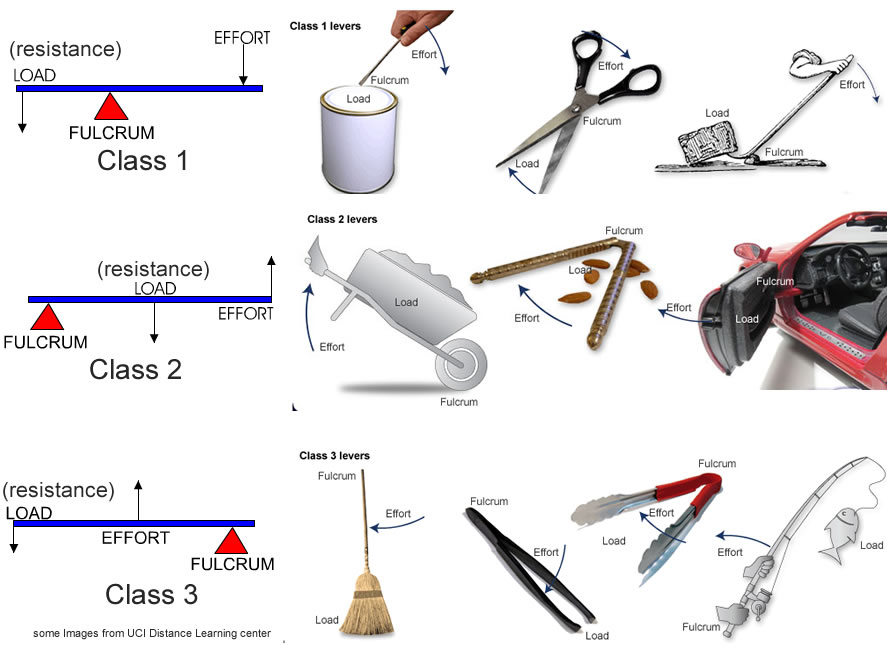
Trevor Raab
Trevor Raab
If the tire won’t budge using the second lever, check out our tips below. You don’t want to risk injuring yourself by using so much force that your hand slips off the lever. Alternatively, sometimes a tire can be removed using just one lever. If the tire seems loose enough after freeing the initial section with the first lever, go ahead and see if you can easily push the lever around the rim to remove the rest of the tire.
Putting a tire onto a rim is typically a bit easier than removing one, but using a tire lever might still be necessary. Fit one side of the tire onto the rim first. (If you’re using a tube, you’ll want to put that in next.) Now, start fitting the other side of the tire onto the rim. You’ll reach a point where this becomes difficult to do because the final section of tire is too tight, leaving a small section outside the rim. You should try to intentionally leave the final section of tire to be mounted on the rim by the valve if possible.
The next step is where your lever comes in. Place the curved end of the tire lever under the remaining section of tire with the curve facing down, hugging the inside of the rim. Lift the opposite end of the lever up while keeping the curved end planted firmly on the inside of the rim, pulling the rest of the tire onto the rim.
If there’s a larger section of tire stuck outside the rim after installing what you could with your hands, you’ll have to repeat this step on smaller sections.
$20 at Competitive Cyclist
Credit: Park ToolOur go-to for stubborn, tight fitting tires
$8 at Amazon
Credit: Pedro'sAn affordable and popular favorite
$26 at Competitive Cyclist
Credit: Park ToolThese 8-inch levers are for tough DH and Freestyle tires
$14 at REI
Credit: TopeakThese dual-purpose tire levers double as chain powerlink pliers
Still having trouble installing or removing a tire? Some tires are especially stubborn. To make it easier on yourself, here are some tricks you can try (or don’t try).
To make it easier on yourself, here are some tricks you can try (or don’t try).
→ First, what you shouldn’t do: You may have heard of some weird tricks that supposedly help with stretching a tight tire, such as throwing it in the dryer for a few minutes or using another heat source. That can end up doing more harm than good.
“Unless you know at exactly what temperature the tire’s bonding agents, rubber, and nylon start to delaminate, etc., you should not do this,” says Bicycling mechanic Joël Nankman. Instead he suggests using a little soapy water to help slip the tire into place. Just don’t get it on your hands.
→ Another pro tip from former Bicycling test editor Dan Roe: “A mechanic once showed me that you should make sure the bead core is sitting deep into the rim, rather than just resting on the hook. That makes the diameter of the rim slightly smaller and can make the difference with a really tight bead.”
That makes the diameter of the rim slightly smaller and can make the difference with a really tight bead.”
→ Misplaced your tire levers? You can sometimes just use your hands with the right technique and practice, especially with tires that aren’t very tight. Seasoned pros like mechanics might hardly ever use tire levers. The trick here is to use the palms of your hands to work the tire off or on instead of your thumbs since they’re stronger, Nankman says.
Still, injuring yourself this way from slipping, especially with sweaty hands during a midride tire repair, is no fun. (Trust us, we’ve been there.) So it’s best to have a set of tire levers on hand anyway. Of all the bike tools out there, they’re one of the most affordable and easily portable options to keep in a saddle bag or in your toolbox.
Jessica Coulon
Service and News Editor
When she’s not out riding her mountain bike, Jessica is an editor for Popular Mechanics. She was previously an editor for Bicycling magazine.
She was previously an editor for Bicycling magazine.
During the period of mass changing shoes at tire shops, you can’t push through. But you can save both waiting time in line and money.
Tire inflation with nitrogen and 7 more fittings at the tire shop
The tire manufacturer's instructions say to change shoes when the temperature drops below +7°C. In my opinion, it's too early. There are still a lot of cars on the roads with summer tires around. And at this temperature, the braking distance on your studded tires may be even longer.
I advise you to change the wheels to winter ones when the temperature drops below zero at night. That's when it really is time, because in the morning an icy area can be caught on the roads. At the same time, out of habit, it will seem very slippery.
Precisely then, to do it at the most correct and convenient time. The vagaries of the weather are unpredictable. Residents of the Rostov region, for example, say that sometimes during the winter period they rearrange the wheels from winter to summer and back several times.
Dismantling wheels (that is, dismantling a tire from a rim) at home is not an easy task that requires appropriate skills and knowledge. We will describe a simpler job that, in theory, any average motorist who does not have special tools and experience in tire fitting should be able to handle. Therefore, we assume that you have a complete set of serviceable winter tires mounted on rims. You remember that in the spring they did not lose pressure, there are no cuts on them, and a couple of self-tapping screws do not stick out of the tread in addition to the spikes. And, most importantly, the tread height is more than 4 mm. These are the modern requirements for winter tires.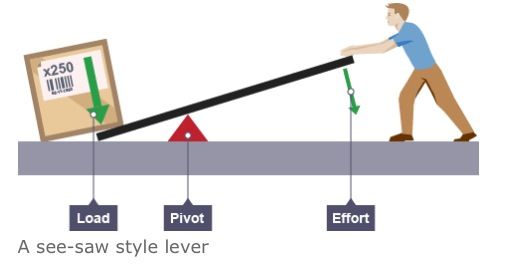 If at least one of the conditions is violated, then it is better to solve the problem before the onset of the hot tire season.
If at least one of the conditions is violated, then it is better to solve the problem before the onset of the hot tire season.
If I change wheels, do I need to balance them every season?
There are car owners who meticulously balance tires before each season. In my opinion, this is not justified. I recommend installing the wheels on the car, then drive at different speeds, but not higher than your usual ones. If the imbalance (it is manifested by vibrations on the steering wheel or seat) is not felt, then the balancing can be postponed until future seasons. In principle, it is possible to balance winter tires before storage: after all, the spring period for changing wheels in tire shops is more extended in time compared to autumn, and therefore there are noticeably fewer queues.
So we take the wheels out of storage. For one, this is the corner of the garage, for the other - a balcony, for the third - the warehouse of the nearest car service that provides wheel storage service.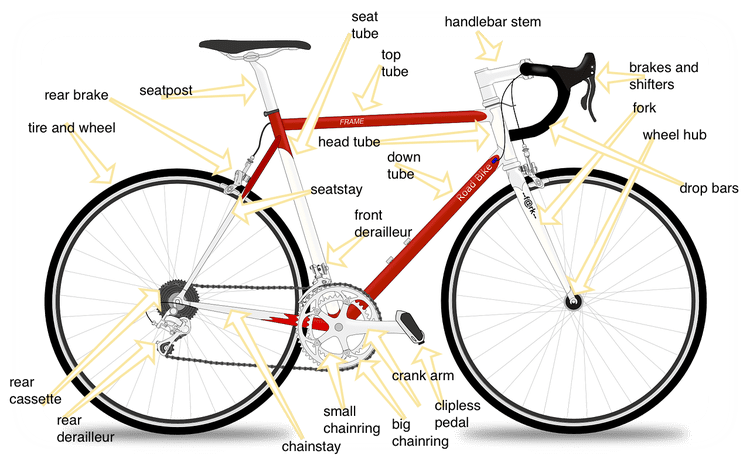 Tires may have different temperatures depending on storage conditions. Wheels removed from a warm room, having cooled down by 20 ° C, will lose about 0.2 bar of pressure, and gradually, as they cool down. Well, the cold ones have nothing to lose! Therefore, cold ones can be immediately pumped up to the nominal pressure, well, maybe 0.1–0.2 bar more, given that it will only get colder further. And warm tires must either be inflated with a large margin immediately, or set the pressure at the end of all work, when the air in them cools down.
Tires may have different temperatures depending on storage conditions. Wheels removed from a warm room, having cooled down by 20 ° C, will lose about 0.2 bar of pressure, and gradually, as they cool down. Well, the cold ones have nothing to lose! Therefore, cold ones can be immediately pumped up to the nominal pressure, well, maybe 0.1–0.2 bar more, given that it will only get colder further. And warm tires must either be inflated with a large margin immediately, or set the pressure at the end of all work, when the air in them cools down.
If you use a standard jack, it is better to substitute a special stand under the car for insurance. Well, or at least put a spare wheel so that when it falls, the threshold lies on the rim, and not on the tire. Please note that this will most likely damage the disc. Therefore, it is better to use an old unnecessary wheel.
Which jack is best? - examination of the RF
We find a flat area with a hard surface.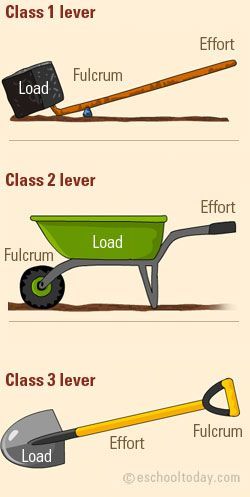 If you change the wheels yourself twice a year, then I strongly advise you to get a convenient jack. At least small and inexpensive, but rolling. It is significantly more reliable and durable than the regular one that your car was equipped with. It is advisable to use a balloon wrench with a cruciform or with an elongated handle - it is more convenient than the standard one supplied with the car.
If you change the wheels yourself twice a year, then I strongly advise you to get a convenient jack. At least small and inexpensive, but rolling. It is significantly more reliable and durable than the regular one that your car was equipped with. It is advisable to use a balloon wrench with a cruciform or with an elongated handle - it is more convenient than the standard one supplied with the car.
Prepare a wheel stop - at least half a brick. Inspect the secret key for damaged code elements and clean the secret nuts/bolts on all wheels.
If the winter set of wheels has different rim characteristics, remember if spacers are needed between the rim and the hub lug - they should be prepared in advance.
The wheel jack is based on a hydraulic cylinder. Raises quickly, and lowers even faster.
Just in case, after the first ride, check the tightness of the wheel fasteners, and the next morning check the tire pressure.

Contents
Introduction
What is a hernia on a wheel?
Can you drive with a hernia?
How to avoid a hernia?
What to do if the driver finds a hernia on the wheel?
Can you repair yourself?
Conclusion
Low-profile tires are much prettier than regular tires, but they are easier to damage, and it is on these that the bump most often forms, which can cause a lot of trouble if it is not removed in time or the wheel is not replaced at all. Unfortunately, many drivers are looking for an excuse to postpone a visit to a tire shop, and often on the road you can see a couple of cars with such “sick” tires.
In the article we will clarify the question: where does the hernia on the tire come from, and we will help get rid of it.
A hernia is a bulge on the tread or sidewall. At first, it can be difficult to notice it, most often the car itself will tell about its presence by its behavior on the road: body vibration, beating on the steering wheel at speeds above 60 km / h, inadequate handling and other violations of the smoothness of the car.
At first, it can be difficult to notice it, most often the car itself will tell about its presence by its behavior on the road: body vibration, beating on the steering wheel at speeds above 60 km / h, inadequate handling and other violations of the smoothness of the car.
They come in different sizes - from almost invisible to huge ones that can inflate up to a third of the size of the tire itself. A hernia appears due to damage to the inner layer (cord), which consists of closely intertwined threads. It is they who protect the tire from deformation. Any weak point or excessive overheating causes an excess of internal pressure in certain areas. Synthetic cords break and the rubber swells, forming an ugly bump. At risk are precisely the front wheels, which account for the main load. The front axle suffers much more than the rear from excessive loads and bumps against obstacles, which is the main cause of this trouble.
There are two types of hernias: on the sidewall and on the tread. With the first it is still possible to move around, ignoring small jolts. Even a small tubercle can be seen by small blows to the steering wheel and a violation of the smoothness of the car. But this will not last long - the bump on the wheel will grow, and in the end, strong vibration and beating in the steering wheel simply will not allow you to drive the car, which will certainly lead to an accident.
With the first it is still possible to move around, ignoring small jolts. Even a small tubercle can be seen by small blows to the steering wheel and a violation of the smoothness of the car. But this will not last long - the bump on the wheel will grow, and in the end, strong vibration and beating in the steering wheel simply will not allow you to drive the car, which will certainly lead to an accident.
A defect can appear for several reasons. Less often, a factory defect is to blame for everything, when the technological process of creating a tire was violated at the plant. Much more often, hitting curbs is to blame for everything during improper parking, with frequent driving on poor quality roads or off-road, where potholes and falls into pits are not uncommon. Often a hernia on a tire comes out after an accident, especially if the main blow fell on the wheel. In this case, both the disk and the suspension arms will also suffer. How badly a tire is hit is affected by the angle and force of the impact.
Sometimes the car owner himself is to blame for everything, who made a mistake with the model and put rubber on the car, which, according to its technical characteristics, does not suit it.
Often, it would seem, an innocent mistake - the owner pumped up the tires too weakly, because of which they began to heat up and deform more. The result is swelling on the wheel. Inflated tires can also be the source of the problem. In this case, the weakest point is under overpressure, the filaments expand, and any shock load can break them and “spawn” a bump.
The easiest way to deal with a manufacturing error is that most tires have a factory warranty that protects against such troubles. If swelling on the wheel appeared in the first month of operation, then you can safely file a complaint and change tires - everything will be done for you for free.
If the driver himself is to blame, he will have to solve the problem for his hard-earned money.
The answer of all experts is the same - no, you can’t ride with it. A hernia on a wheel is included in the list of dangerous damage to a car, which has every chance of causing an accident with all the ensuing consequences. Do not believe those who assure that if the deformation is small and is on the side, then it will not interfere, they say, you can ride on such a wheel with complete wear of the tread. In reality, any violation of the integrity of the cord will contribute to the further destruction of the frame, not to mention the gradual wear of ball bearings, silent blocks, shock absorbers, bearings, steering rods and much more. The result of such dubious savings on the repair of one wheel is the repair of the entire suspension, which will cost you a multiple of more.
A hernia on a wheel is included in the list of dangerous damage to a car, which has every chance of causing an accident with all the ensuing consequences. Do not believe those who assure that if the deformation is small and is on the side, then it will not interfere, they say, you can ride on such a wheel with complete wear of the tread. In reality, any violation of the integrity of the cord will contribute to the further destruction of the frame, not to mention the gradual wear of ball bearings, silent blocks, shock absorbers, bearings, steering rods and much more. The result of such dubious savings on the repair of one wheel is the repair of the entire suspension, which will cost you a multiple of more.
If you do not take care of the replacement in time, then the swelling will begin to progress, heat up and swell, which means that the likelihood of losing control and having an accident will increase every time you leave the garage. It is deadly to drive with a hernia on bad roads at high speed, with an overloaded car, as well as during sudden braking and starting. Each factor will bring closer the fatal moment when the tire bursts right on the go. What can we say about the requirements of the “List of malfunctions and conditions under which the operation of vehicles is prohibited”, where clause 5.2 prohibits the operation of tires with external damage that “exposes the cord, as well as carcass delamination, tread and sidewall delamination”. A herniated tire also fits this definition.
Each factor will bring closer the fatal moment when the tire bursts right on the go. What can we say about the requirements of the “List of malfunctions and conditions under which the operation of vehicles is prohibited”, where clause 5.2 prohibits the operation of tires with external damage that “exposes the cord, as well as carcass delamination, tread and sidewall delamination”. A herniated tire also fits this definition.
The conclusion is unequivocal: only professional wheel repair or changing tires to new ones will fix the swelling on the wheel. Driving with it is dangerous.
Damaged rubber will need to be disposed of. Some drivers believe that such a damaged tire can be used as a spare tire in critical cases, but this is also an extremely optimistic and rash decision. Even the spare wheel, which just lies in the trunk, must be in good condition so that you don’t change the “flesh for soap” in a difficult situation.
To minimize the chance of a hernia, you should carefully choose a new thing.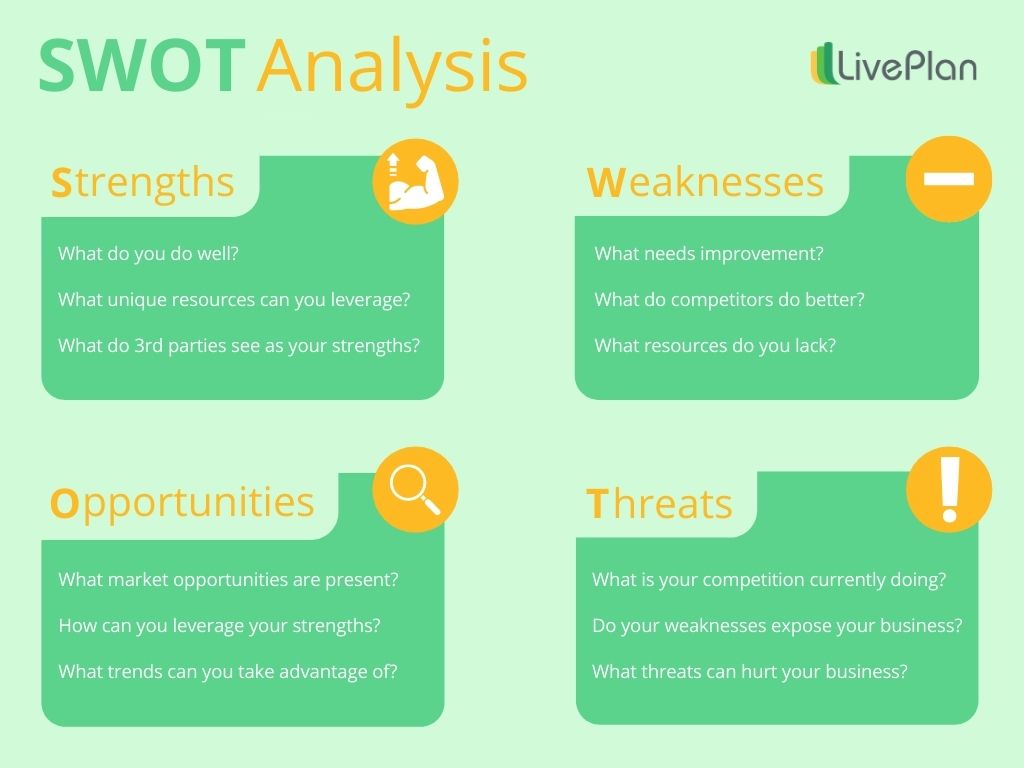 As we said above, it happens that the tire is simply not designed for use on a certain type of car, especially SUVs and light trucks. Before making a purchase, look at the documentation and find the value of the load index there. If you drive a heavy crossover, then you should choose tires with a maximum value. SUV class tires are usually marked with the number 109, which is the maximum allowable load of up to 1,030 kg per wheel.
As we said above, it happens that the tire is simply not designed for use on a certain type of car, especially SUVs and light trucks. Before making a purchase, look at the documentation and find the value of the load index there. If you drive a heavy crossover, then you should choose tires with a maximum value. SUV class tires are usually marked with the number 109, which is the maximum allowable load of up to 1,030 kg per wheel.
It is better to refuse low-profile tires altogether, as the risk of damaging them is much higher. They are more designed for driving on perfectly smooth asphalt surfaces: there they handle and brake much better than high-profile ones, but they make a lot of noise, poorly drain water and wear out quickly. The high profile rubber offers improved off-road flotation, a smooth and quiet ride, and a longer lifespan. However, they also have disadvantages, primarily an increased braking distance, they cope worse with traction and lean in corners.
Excessive loads on the wheels also often cause bumps. The more often a driver drives with heavy loads in the trunk or picks up a full cabin of passengers, the more likely it is that one of his tires will soon acquire a herniation.
The more often a driver drives with heavy loads in the trunk or picks up a full cabin of passengers, the more likely it is that one of his tires will soon acquire a herniation.
Reckless drivers have the same problem because of their love of hard braking and accelerating. Maneuvers adversely affect the air circulation inside the wheel, which causes an uneven load on the inner surface of the tire. With a dashing ride on broken roads, the likelihood of damaging the cord threads increases significantly.
You will also have to constantly monitor the pressure and pump up the tires to the optimum level. Over-inflated or under-inflated tires (as mentioned above) are a common cause of hernia.
Finally, the best preventive measure is to drive carefully on good roads at a moderate speed.
If you have a suspicion right on the road, then it is better to stop immediately, raise the car on a jack and inspect each wheel. It happens that the case is not in the lump. The problem in which the car starts to vibrate a lot may be incorrect wheel balancing, wheel alignment imbalance or other suspension problems, but this can only be fixed at the tire center.
The problem in which the car starts to vibrate a lot may be incorrect wheel balancing, wheel alignment imbalance or other suspension problems, but this can only be fixed at the tire center.
If it is obvious that this is still a bump, here are some tips on what to do in this case:
It would be best to put a spare tire instead of the one where the trouble got out. If it turned out that even the spare tire is deformed, then there is no point in changing one bump for another. On a damaged wheel, you will need to reduce the pressure by 15% and move it to the rear axle so that it interferes less with control. If a gap occurs, then the car will sharply lead to the side, and then whether the driver will be able to react and save himself from a collision depends on which axis the sudden gap occurred.
To minimize the risks, you should drive very carefully to the nearest tire shop at a speed of no more than 70 km / h. Maintain a distance between other road users, go around the slightest obstacles and avoid sharp maneuvers and braking, as any unnecessary physical impact can provoke a tread break. Periodically it is worth stopping and checking whether swelling is growing on the wheel. If it only gets bigger with every kilometer, then you will have to call a tow truck.
Periodically it is worth stopping and checking whether swelling is growing on the wheel. If it only gets bigger with every kilometer, then you will have to call a tow truck.
Contrary to popular belief that tubeless tire bulges help with tubeless tyres, this does not solve the problem for long. It is able to slightly reduce the pressure on the deformed zone. However, the chamber is too thin and cannot serve as any serious protection - the pressure will break it sooner or later. This can only be a temporary measure until you get to the tire center.
To fix such serious damage on your own, if you yourself are not a professional tire fitter, you should not even try. The trouble lies in the inner layer of the tread, and here only a qualified specialist from the tire center will help you, who will be able to look at the tire from the inside, assess the nature of the damage and make an unambiguous conclusion - whether the repair will help here or only new tires will save the owner.
First of all, he will evaluate the wear of the tread - in order for the event to make sense, the bump on the tire should be less than 20 mm, if this indicator is exceeded, it would be most advisable not to spend money on useless repairs, but to change the tire. Also, if you have been riding this tire for a long time, and the groove depth is already approaching 4 mm, then rebuilding the cord will not help much, since the tire is already very old and will burst again at any moment.
Repairs will be carried out on professional equipment using various materials that ordinary drivers are unlikely to have at hand. After the wheel is removed, it is disassembled and thoroughly cleaned of dirt and dust. The hernia will be cut out, rolled raw rubber will be applied to the damaged area, a reinforced patch will be installed with pressure rollers or the tire will be sewn with nylon. The final chord will be vulcanization and subsequent wheel balancing.
For its intended purpose, such tires can only be used after 24 hours.